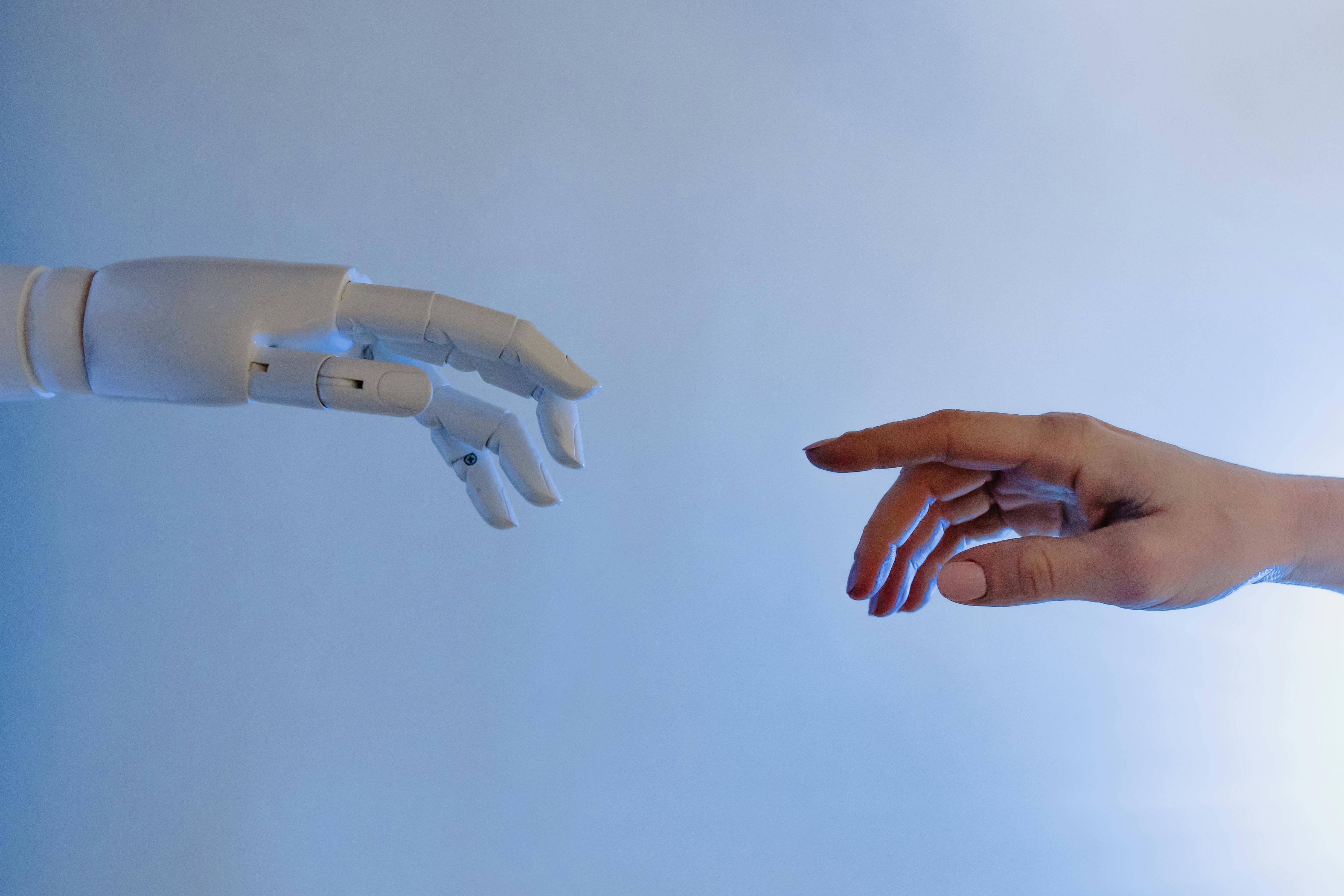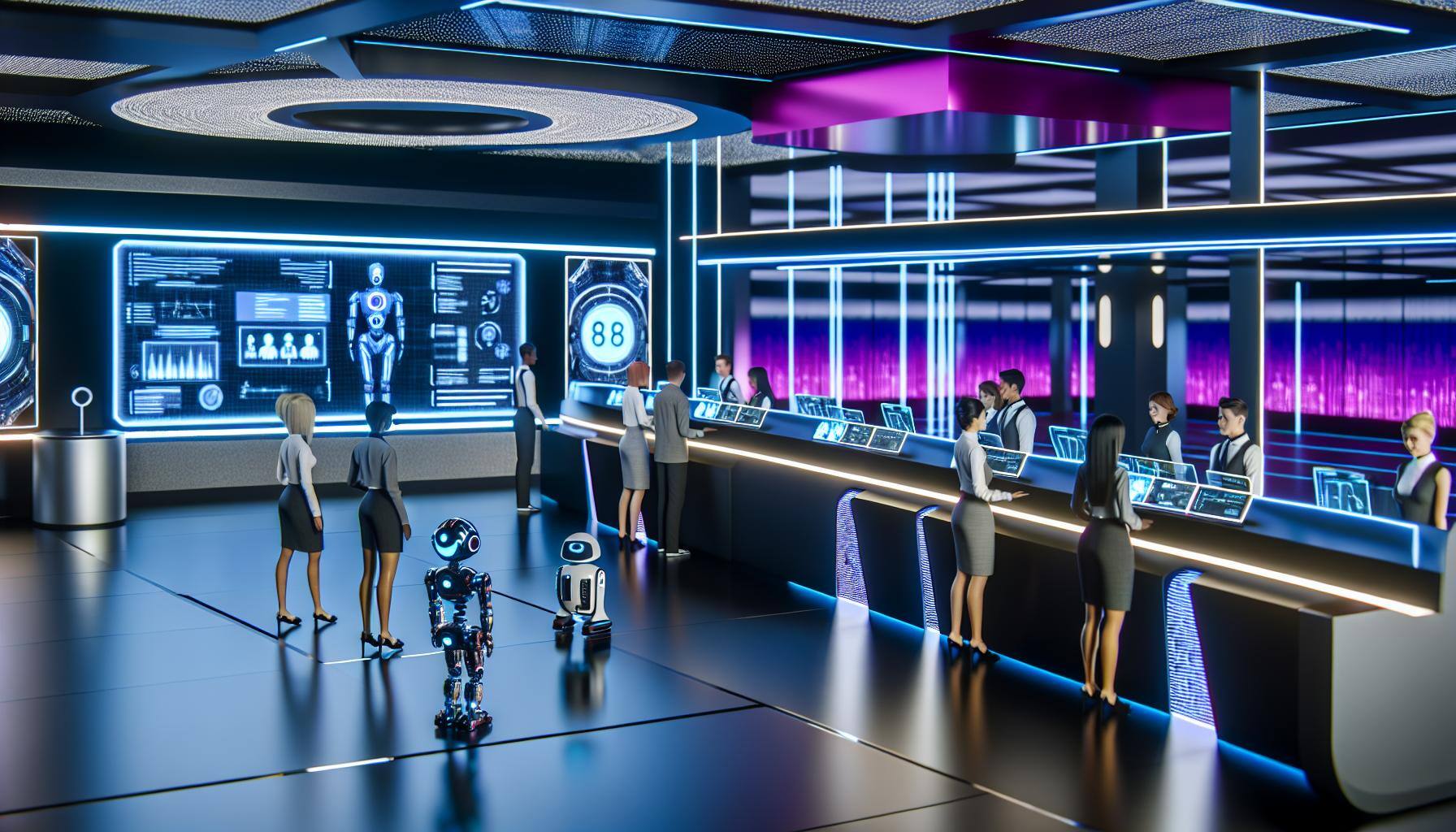Five Things Every CX Professional Needs to Know About Building Human vs Automated Engagement

By Rod Jones, Consultant at Rod Jones Contact Centre Consulting
"In the digital age, customer engagement is a delicate balance between technology and the human touch. The future belongs to those who master both." Rod Jones
As businesses continue embracing digital transformation, balancing human and automated engagement has never been more critical. On one hand, customers expect instant, efficient service through automation. On the other hand, they crave personalised, empathetic human interactions, especially when the stakes are high. The key to a successful customer engagement strategy is knowing when to automate and when to bring in the human element.
Automation can handle routine tasks, offer fast responses, and scale customer service efforts. At the same time, human agents are essential for complex, emotional, and creative problem-solving. Businesses can create a seamless and satisfying customer experience by strategically blending both. But getting this balance right is the real test.
Here are five essential strategies for building an effective blend of human and automated engagement.
1. Automate the Routine to Increase efficiency
Automation is a powerful tool for handling routine tasks and ensuring quick, efficient service. Chatbots, virtual assistants, and automated workflows can handle simple inquiries such as order tracking, password resets, and FAQs—allowing human agents to focus on more complex issues.
For example, Lemonade, a top-rated US insurance company, uses AI-powered chatbots to streamline the claims process. Customers can file claims through a chatbot, which processes them instantly, resulting in faster payouts and higher satisfaction. Automating these routine tasks improves efficiency and enhances customer satisfaction by reducing response times.
The key is identifying which tasks are repetitive and easily handled by automation, freeing human agents to tackle high-value interactions that require empathy, judgement, and creative thinking.
Key Takeaway: Automate repetitive tasks to improve efficiency and ensure customers receive instant, reliable service.
2. Use Humans for Complex and Emotional Interactions
While automation excels at handling repetitive queries, there are moments when only a human touch can resolve a situation. Complex issues that require critical thinking and emotionally charged interactions where customers need empathy and understanding are best handled by human agents.
For example, in industries like healthcare or financial services, customers often face sensitive situations that require personal attention. A chatbot may be able to answer basic questions. Still, when a customer is navigating a stressful health issue or financial decision, the compassion of a human agent makes all the difference.
Brands like Zappos have built a reputation for delivering exceptional human customer service. Their agents are empowered to spend as much time as necessary on the phone with customers to ensure their needs are met, even if it means solving highly emotional or complex problems.
Key Takeaway: Use human agents for high-stakes, complex, or emotionally charged interactions where empathy and critical thinking are needed.
3. Combine AI and Human Agents for a Seamless Hybrid Experience
The future of customer engagement lies in creating a hybrid model where AI and human agents work together to deliver seamless experiences. By using AI to augment human capabilities, businesses can provide faster, more personalised service without sacrificing the human touch.
For example, Airbnb uses AI to handle routine inquiries and direct more complex requests to human agents. AI-powered tools sort through customer queries and escalate those requiring human intervention, allowing agents to focus on resolving issues needing expertise. This collaboration between AI and human agents ensures customers respond quickly to simple issues. At the same time, more complicated problems receive personalised attention.
This hybrid approach allows businesses to offer the best of both worlds: the efficiency of automation and the empathy of human interaction.
Key Takeaway: Create a hybrid engagement model where AI handles simple tasks and human agents step in for complex cases. This ensures efficiency without sacrificing personalisation.
4. Use Automation to Personalise Engagement at Scale
Automation doesn't have to be impersonal. By leveraging AI and data analytics, businesses can personalise customer interactions at scale, delivering relevant content, offers, and recommendations tailored to individual preferences and behaviours.
For example, Netflix uses AI-driven algorithms to analyse viewing habits and recommend shows and movies based on user preferences. This level of personalisation is achieved without human intervention, creating a customised experience for millions of users simultaneously.
By combining automation with data, businesses can engage customers in a way that feels personal, even in highly scaled environments. This approach improves customer satisfaction and drives loyalty by making each interaction feel more relevant and timely.
Key Takeaway: Use automation to personalise customer engagement at scale. AI can deliver relevant and tailored experiences without losing the personal touch.
5. Empower Human Agents with AI-Driven Insights
AI isn't just for automating customer interactions—it's also a powerful tool for empowering human agents with real-time insights that can enhance the customer experience. By integrating AI-driven analytics, speech analytics, and predictive tools into customer service systems, agents can access data that helps them provide more informed and personalised service.
For instance, Callbi Speech Analytics analyses recorded customer conversations, surfacing key insights that can be used by quality assessors to identify trends, common issues, and areas for improvement. These insights enable businesses to drive performance enhancements by addressing recurring challenges and improving agent training. By understanding patterns in customer interactions, businesses can refine their approach, ensuring future interactions are more effective and aligned with customer needs.
By using AI to provide agents with valuable information during live interactions, businesses can enhance the human element of customer service while maintaining efficiency.
Key Takeaway: Use AI to equip human agents with real-time insights, helping them make better decisions and provide more personalised, effective service.
conclusion
In today's digital landscape, balancing human and automated engagement is critical for creating a customer experience that is both efficient and personal. Automation excels at handling routine tasks and personalising interactions at scale. At the same time, human agents are essential for complex, emotional, and high-value engagements. By leveraging both strengths, businesses can deliver a seamless, hybrid experience that meets the needs of modern customers.
For CX professionals, the goal is to design engagement strategies that optimise automation without losing the human touch. The future of customer engagement lies in the intelligent integration of technology and empathy, where AI and human agents work together to create experiences that are fast, personalised, and emotionally resonant.
Don't miss out on a day of world-class content at the Customer Engagement Summit on 26th November 2024 at The Brewery, London. Hear from top-level speakers from world-class organisations sharing real-life case studies, showcasing the latest innovations and strategies in customer engagement. Walk away with valuable, actionable ideas to enhance customer experiences and deliver the service your customers expect in today's digital world. Get your tickets here!


